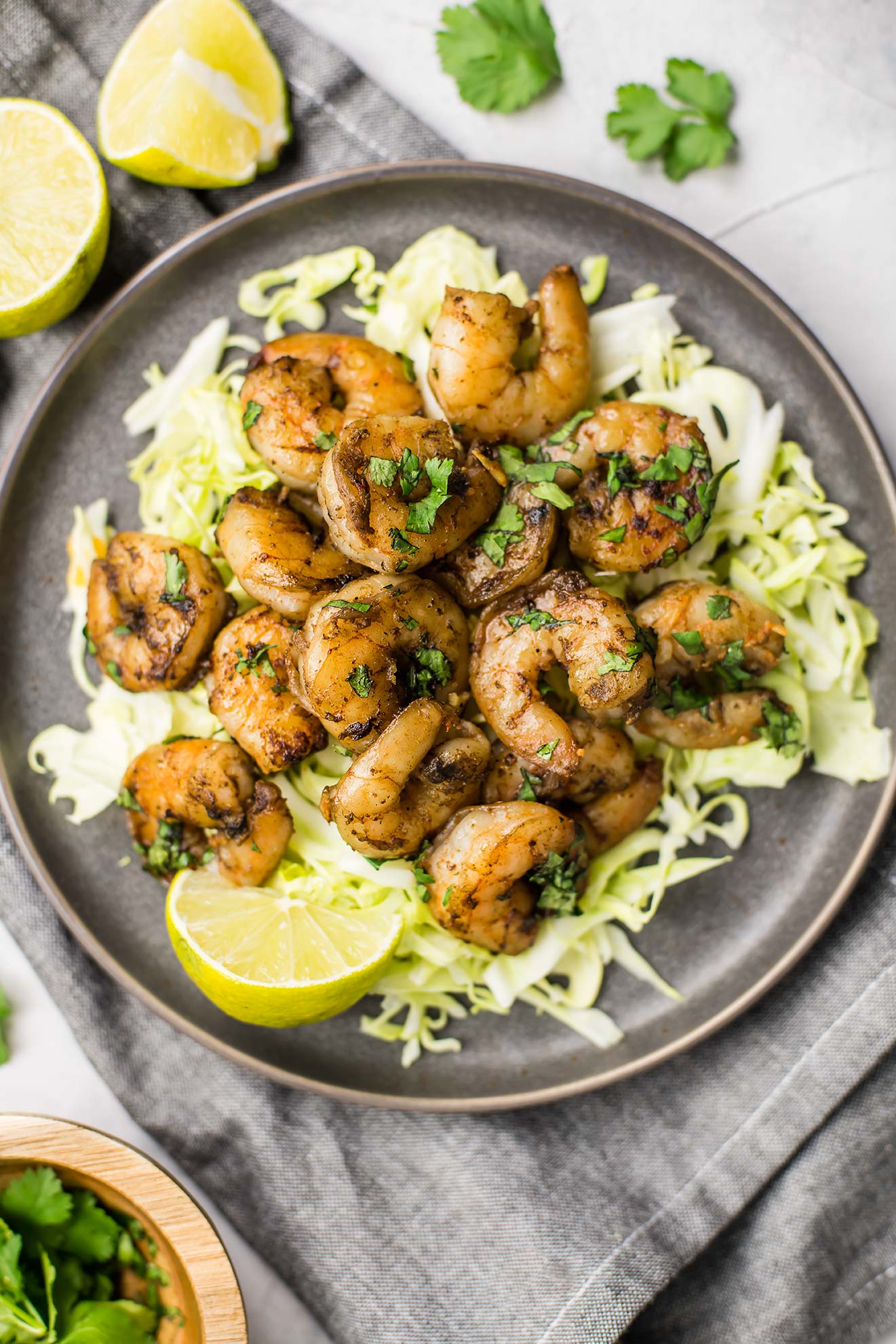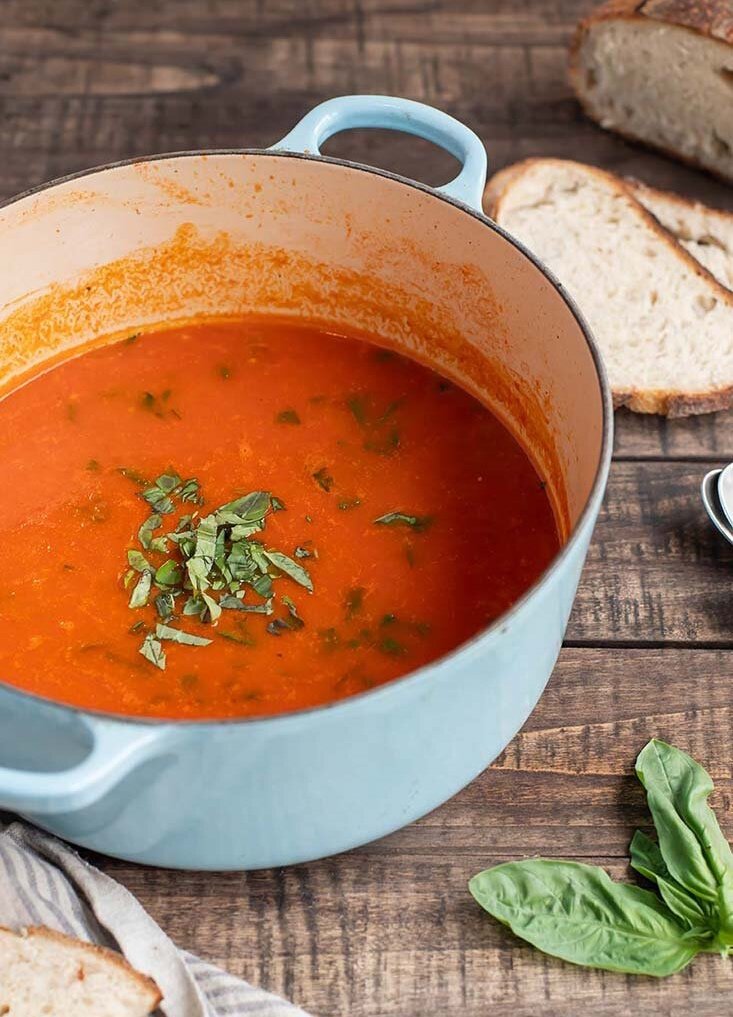Cumin Lime Shrimp
/This blog has come a looooong way since it’s beginning days, when I would post just whatever we were eating that day. Cumin Lime Shrimp was one of the first recipes I posted, and was just that — what we were eating that day. Now, I make sure the recipes makes sense for someone to actually include in their life. Quick to make; delicious; thoughtfully curated. So, I needed to revisit this post.
The original called for a marinade. Marinades are GREAT but I rarely plan enough to make a full-day marinade work. Even remember to pull something from the freezer to thaw in the mornings is hit or miss. Maybe I had more patience back in 2016. Or maybe as I’ve grow older I’ve become more busy. Probably both. Either way, the result is a need for more quick meals, even when I plan meals ahead for the week.
SO, in the new version of this recipe, you simply do everything at once, and hallelujah, shrimp cook in just a few minutes so dinner is hot on the table faster than you can get through an episode of your favorite background Netflix show.
Because the shrimp do cook fast, I recommend prepping whatever else you plan on eating for that meal before you start on the shrimp — maybe warm some tortillas, and prep a slaw, and slice avocado for quick tacos. Maybe make a salad. Just do the shrimp last so that they’re warm when you go to eat.
Cumin Lime Shrimp
Serves: 4 | Active Time: 15 minutes
Ingredients:
Directions:
- In a bowl, combine shrimp, garlic, paprika, cumin, salt, and pepper. Toss to coat shrimp.
- Heat coconut oil over medium-high heat. Tilt pan to coat in oil.
- When oil is glistening, place shrimp in pan. Do not over crowd pan — work in batches if needed. Cook shrimp for 1 minute undisturbed on first side. When shrimp begin to turn pink, flip them to the second side and cook for 1 more minute. Move cooked shrimp to a bowl, and repeat until all shrimp are cooked.
- Pour lime juice into skillet, and use a wooden spatula to scrape and bits from the bottom of the pan. Place coked shrimp back in pan and stir.
- Sprinkle shrimp with cilantro and serve hot as desired.













